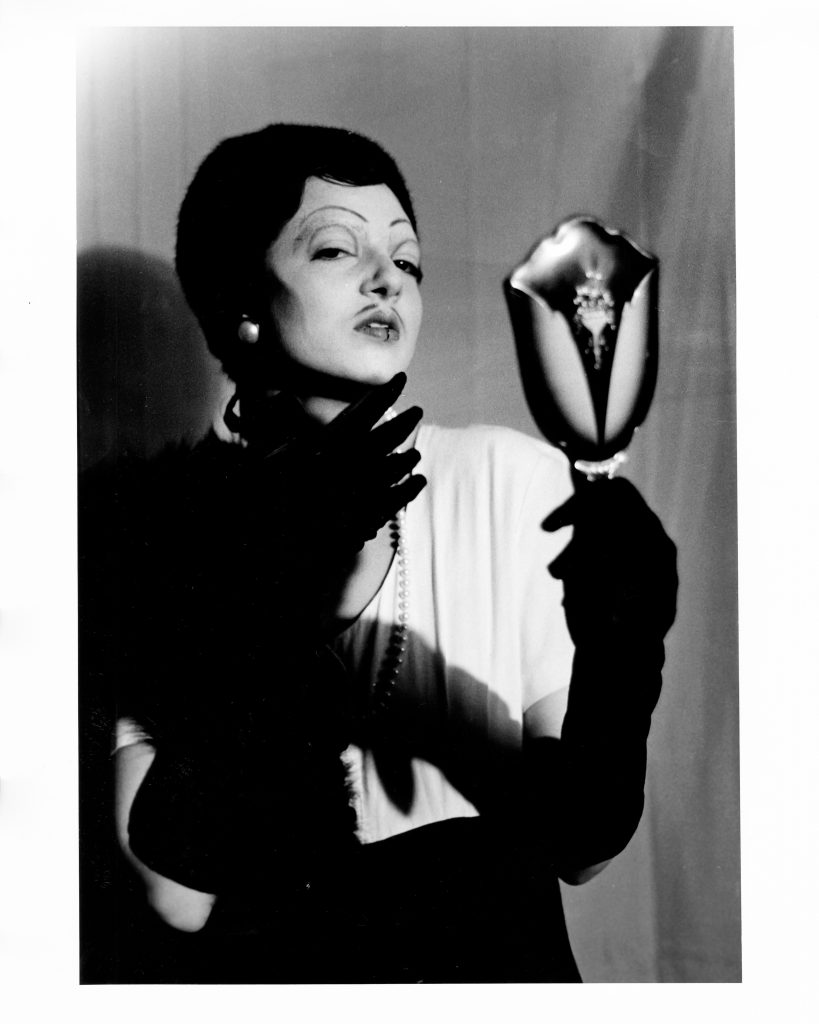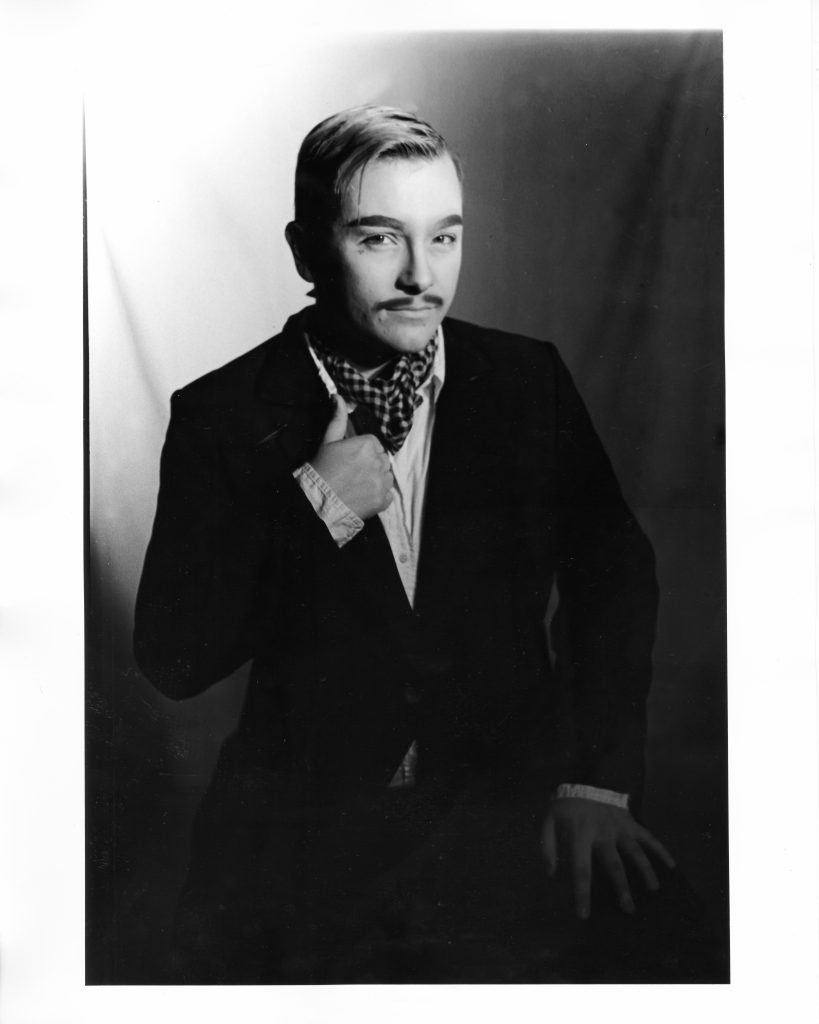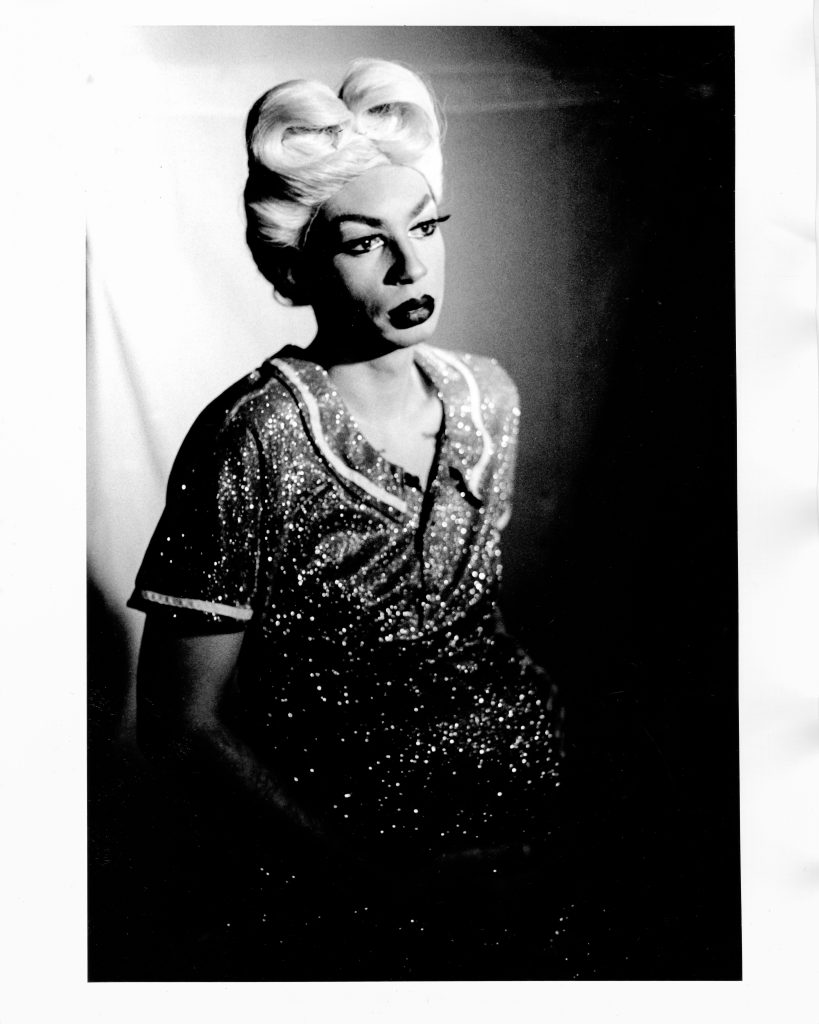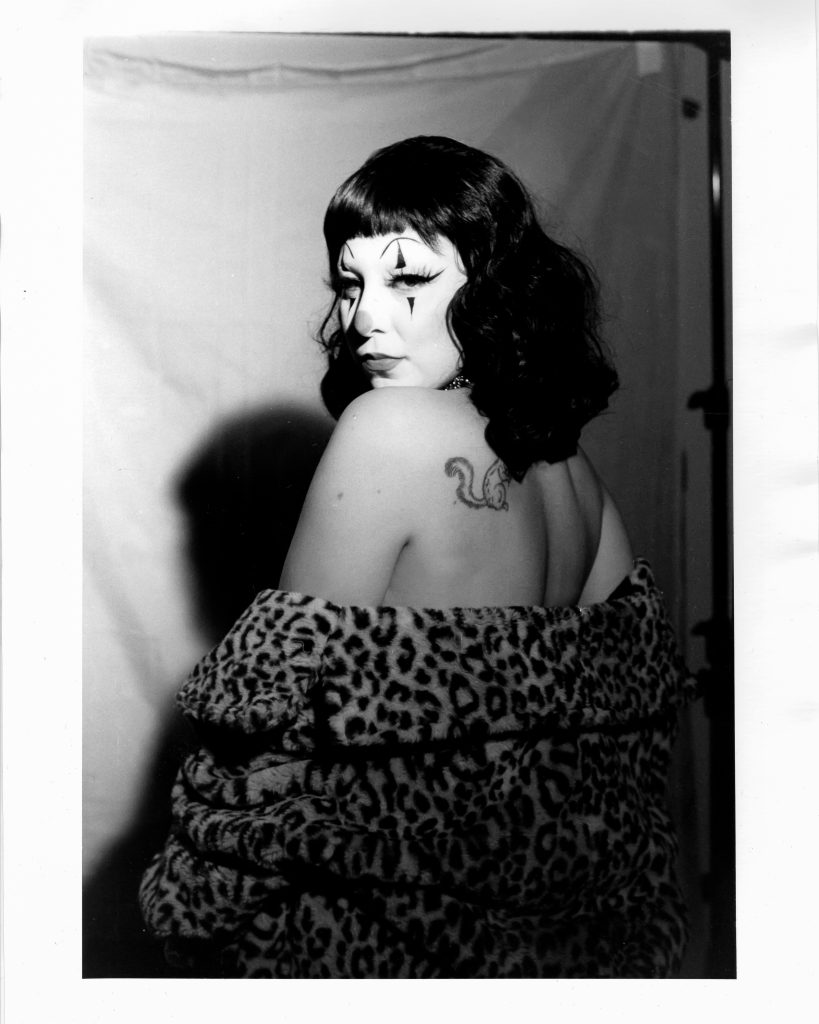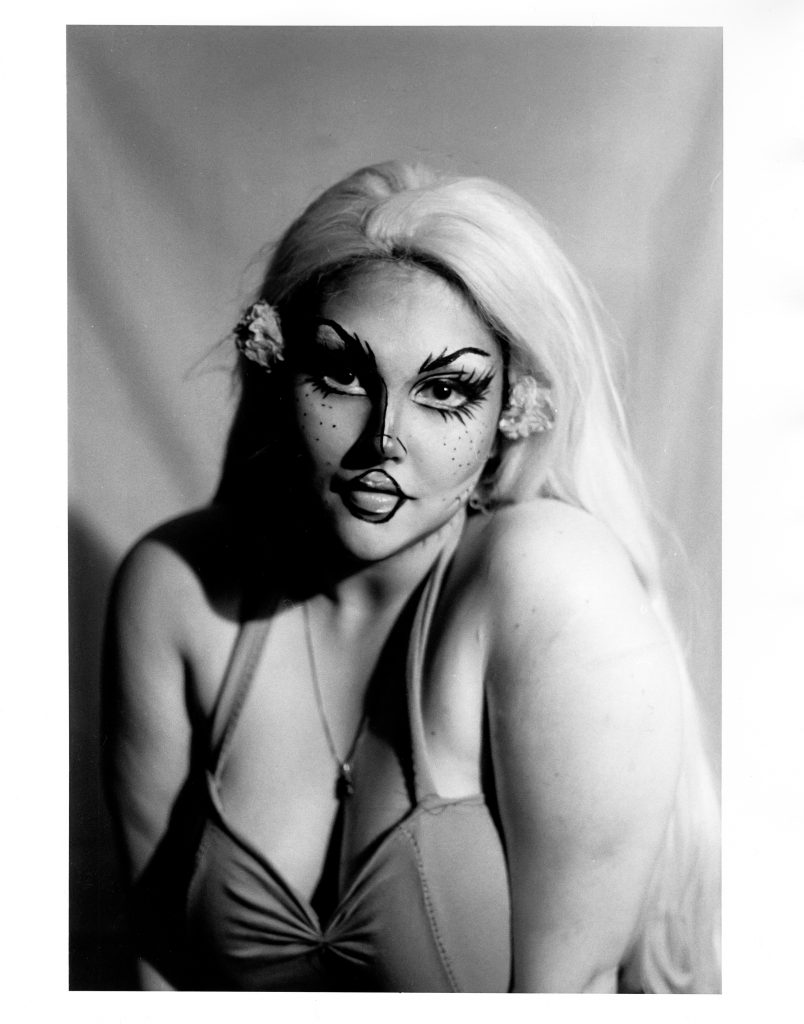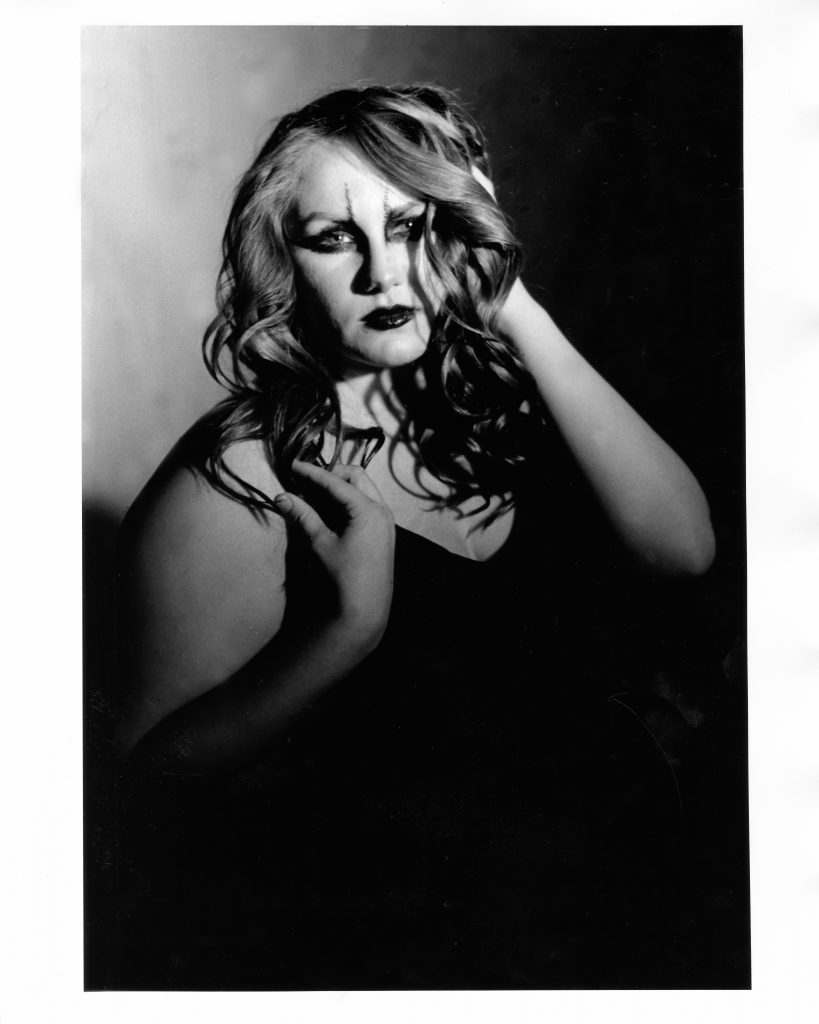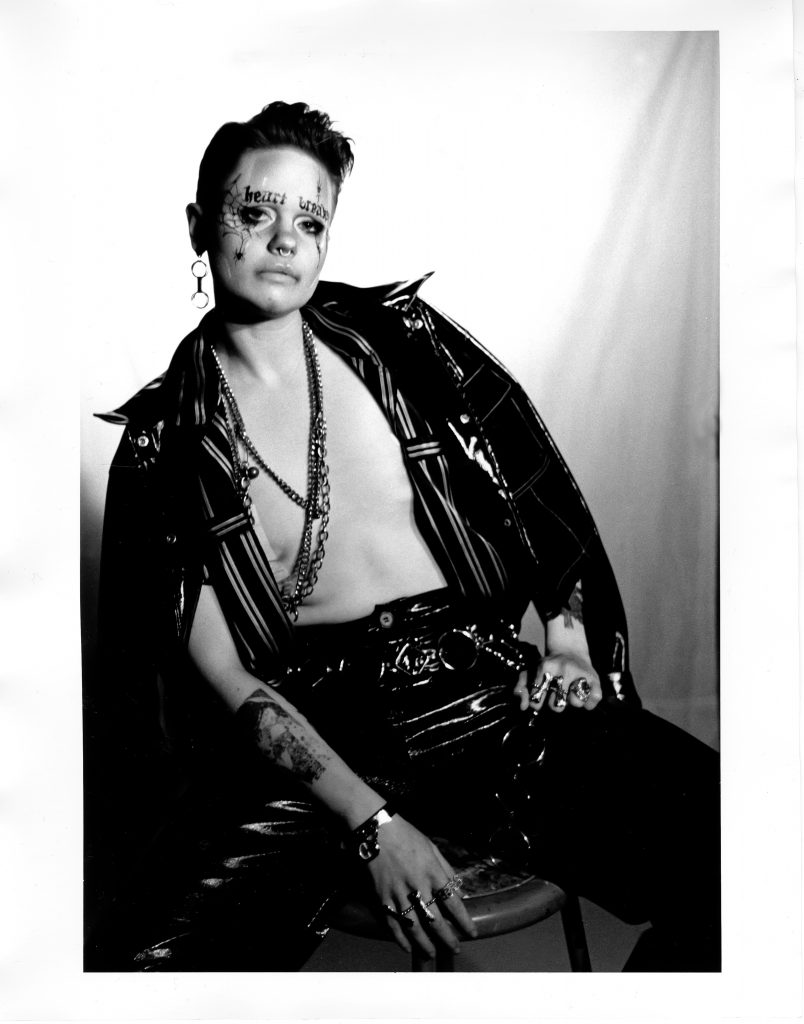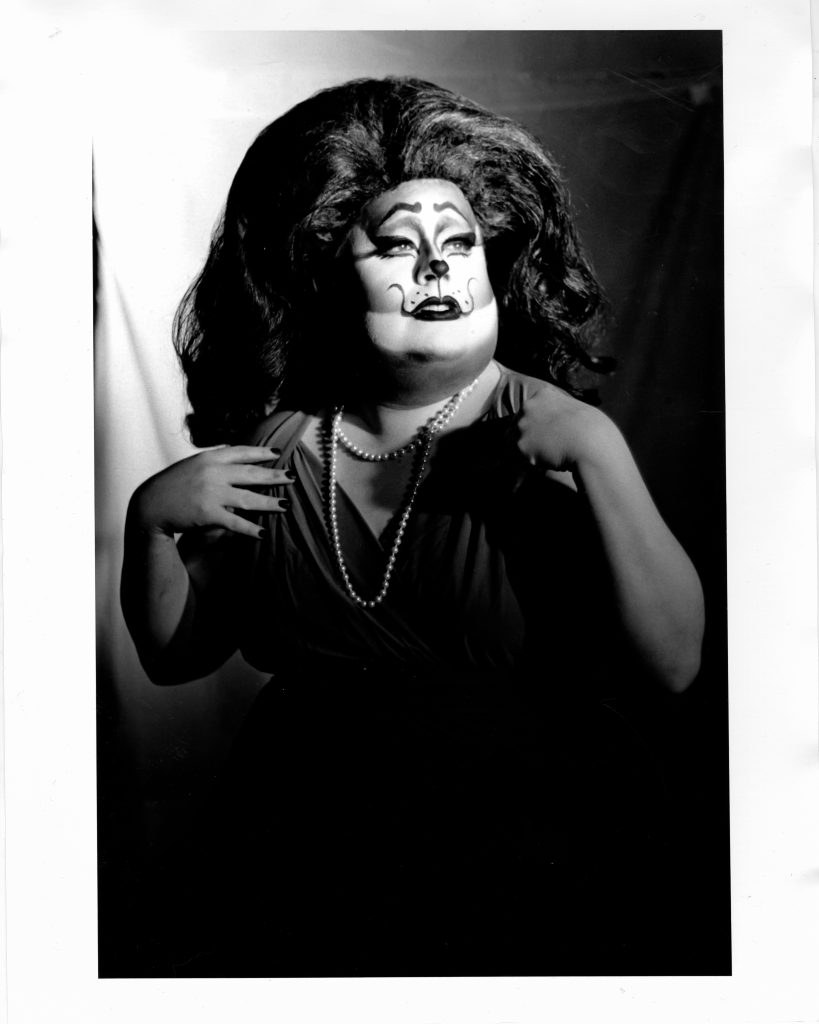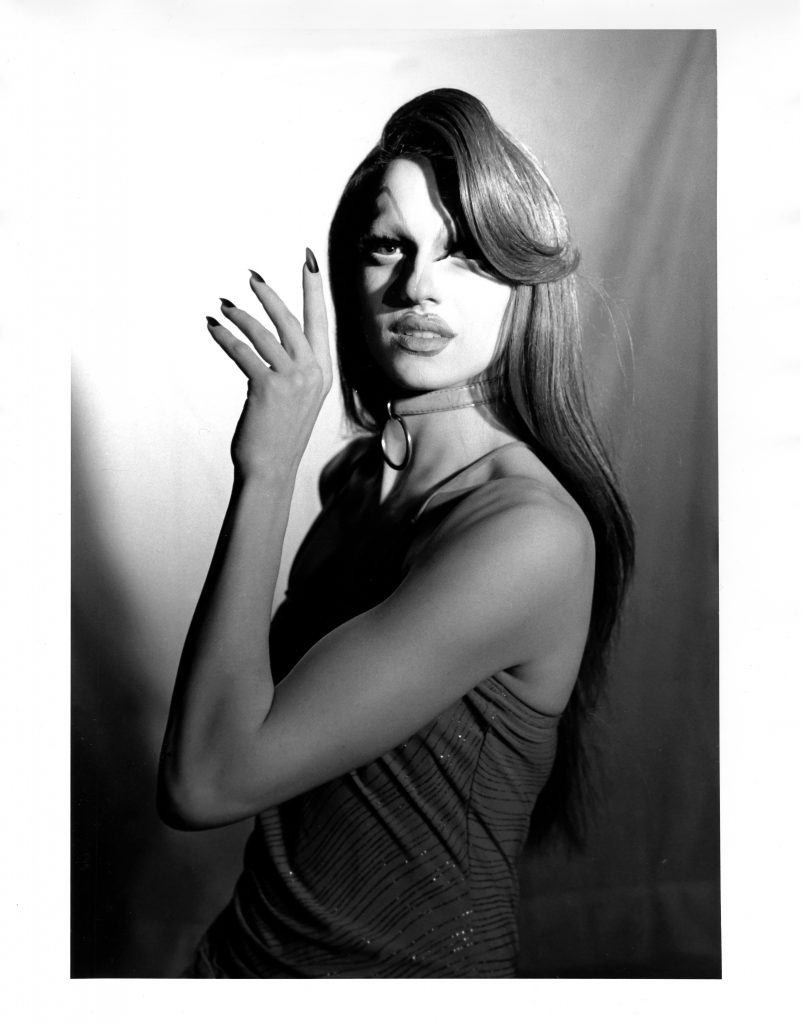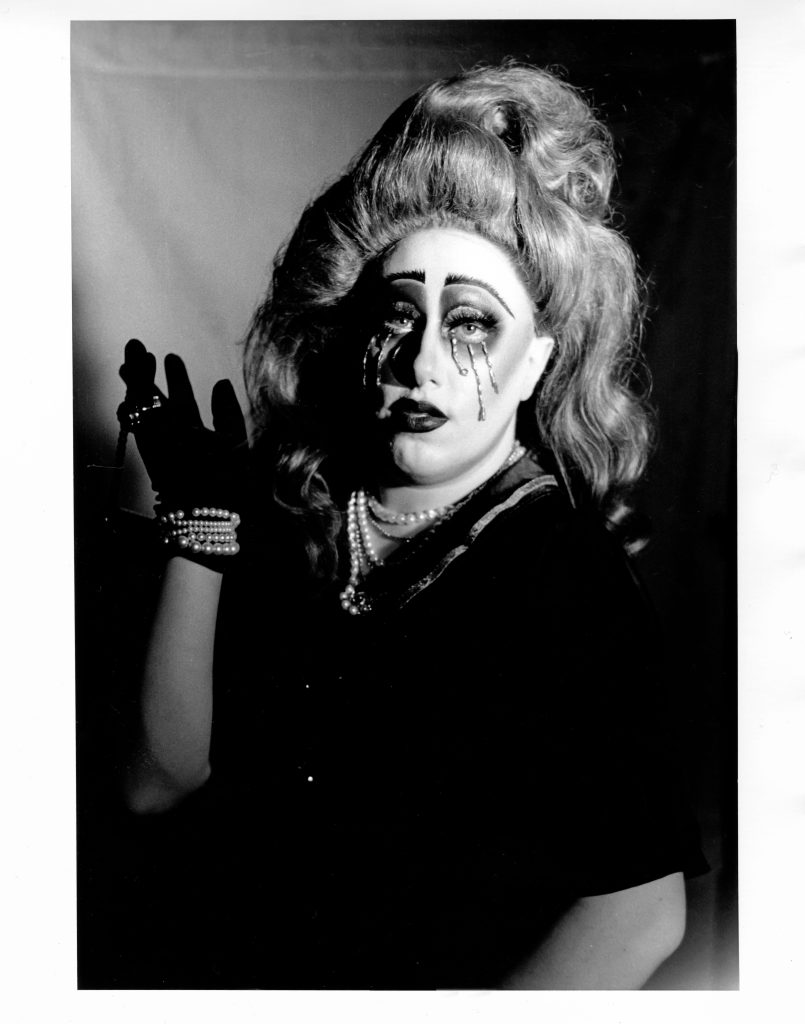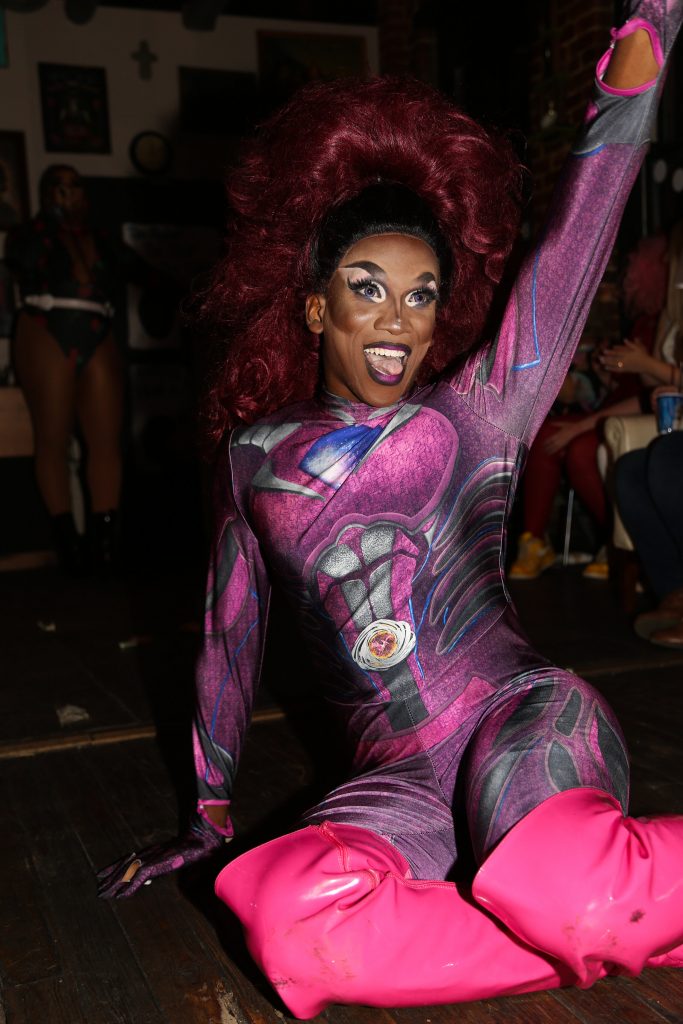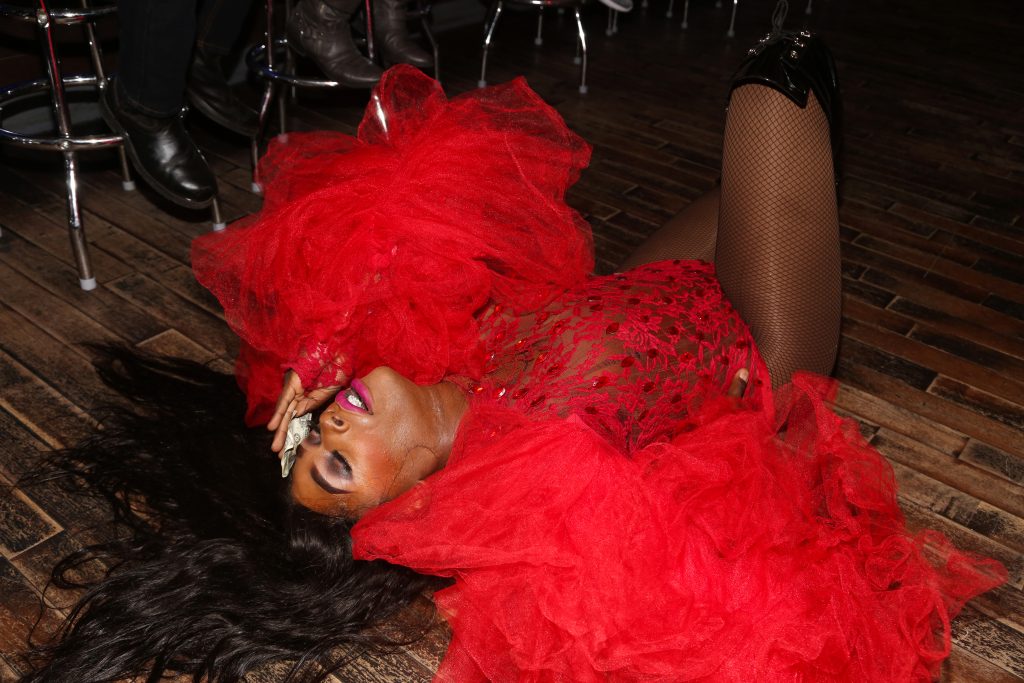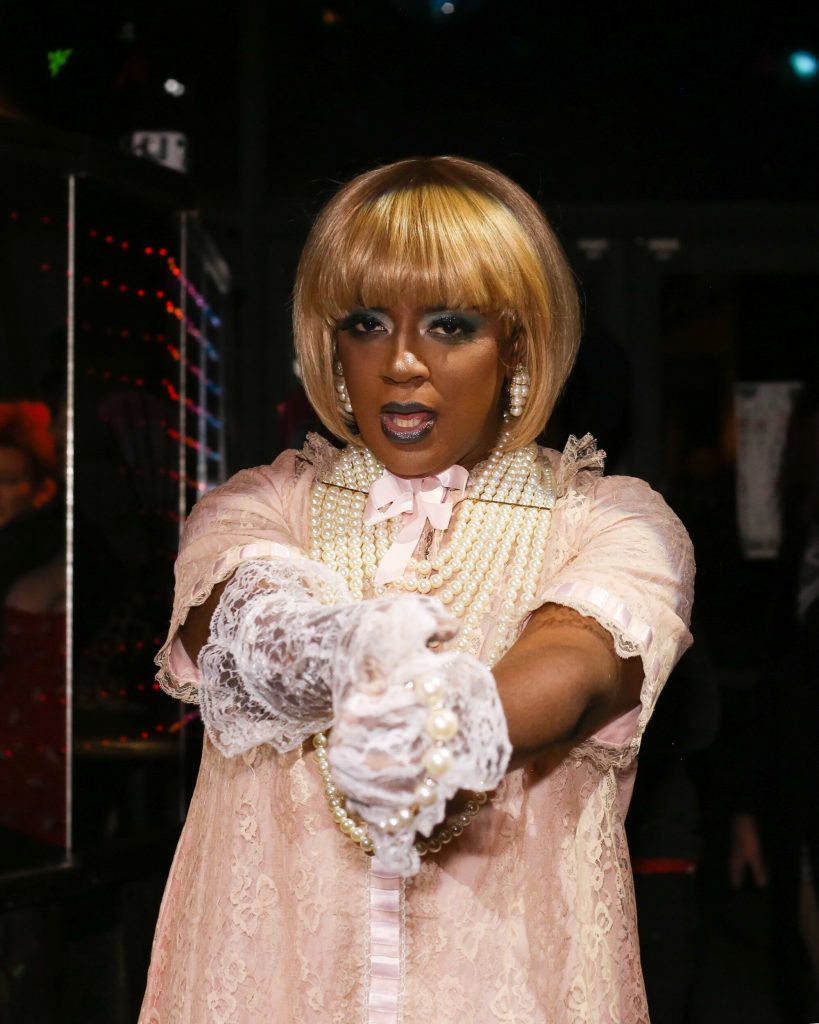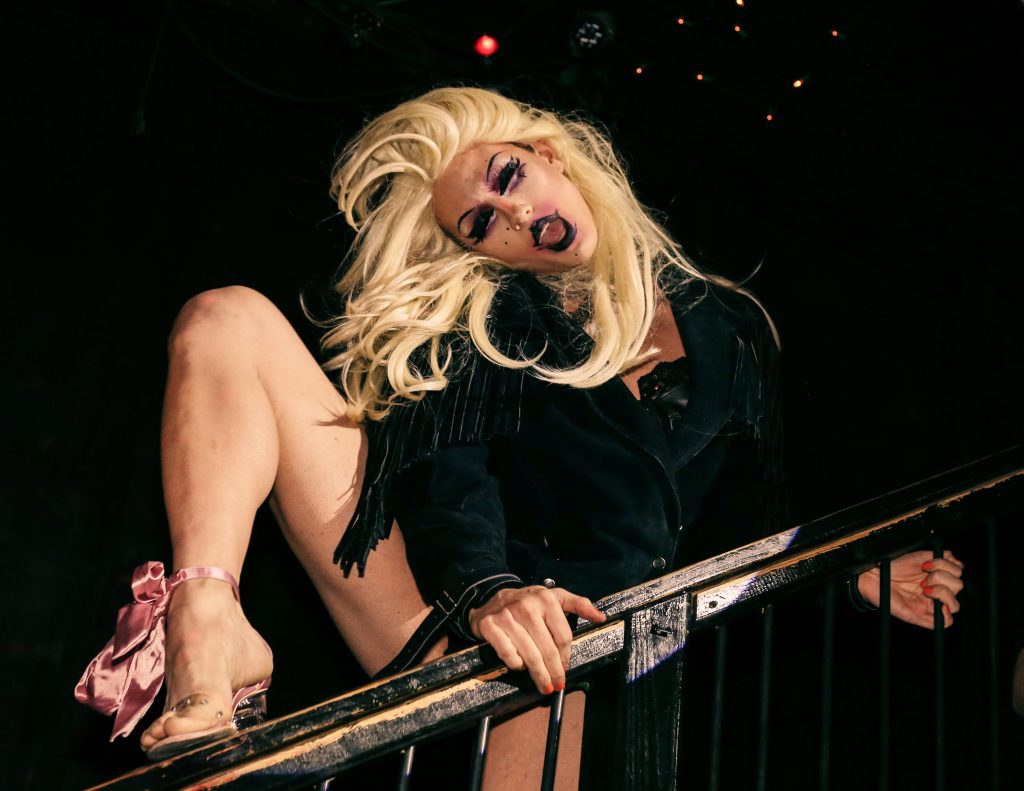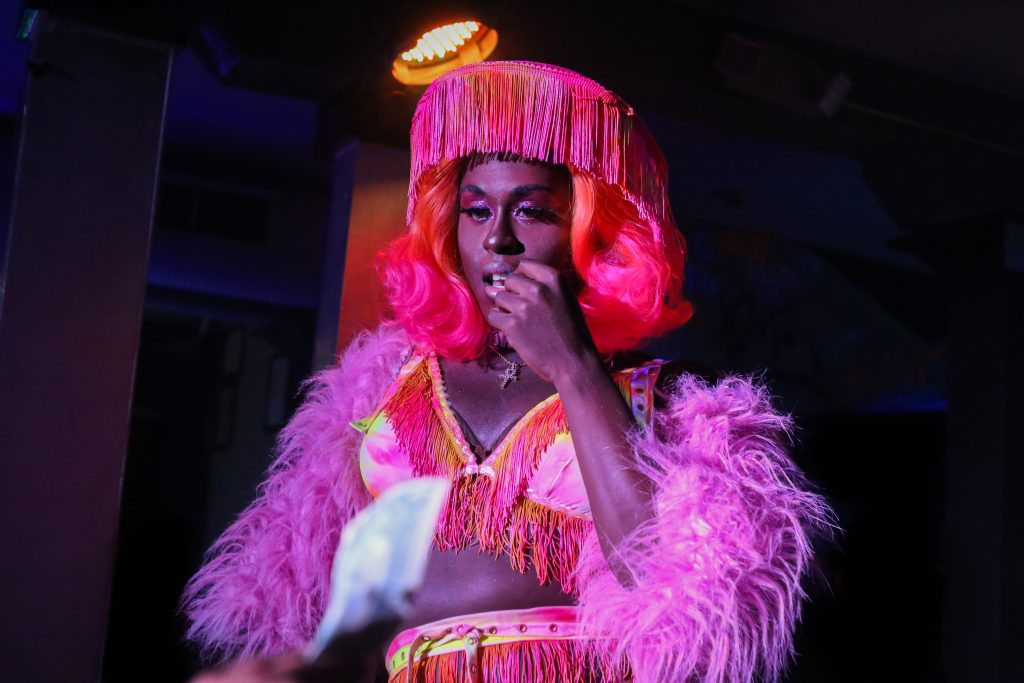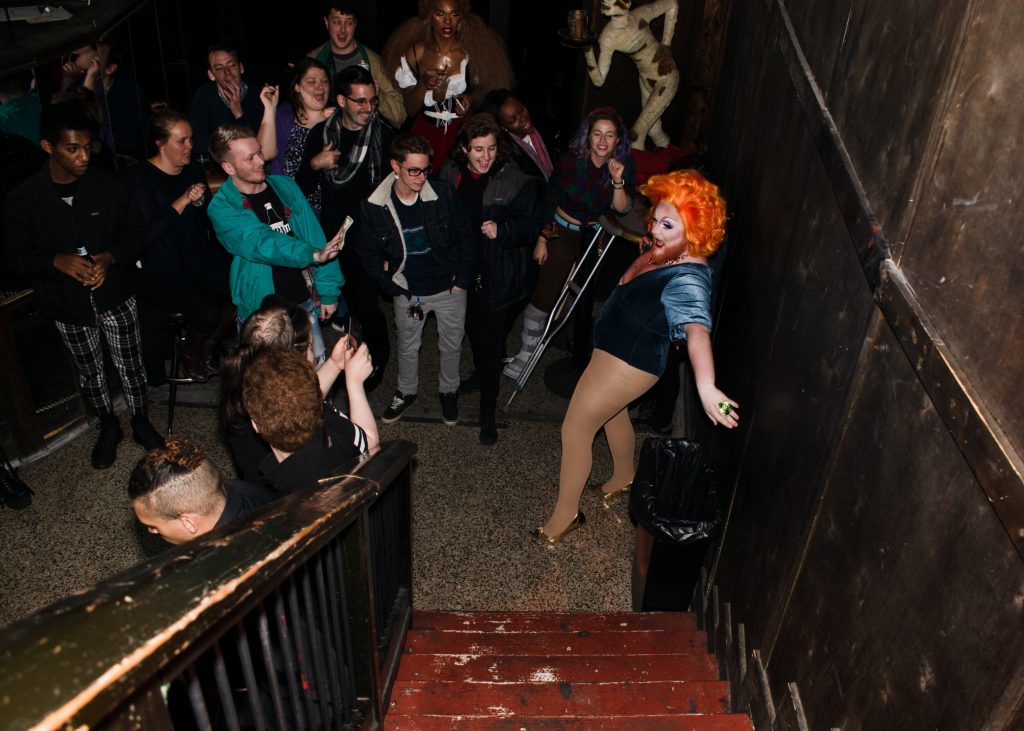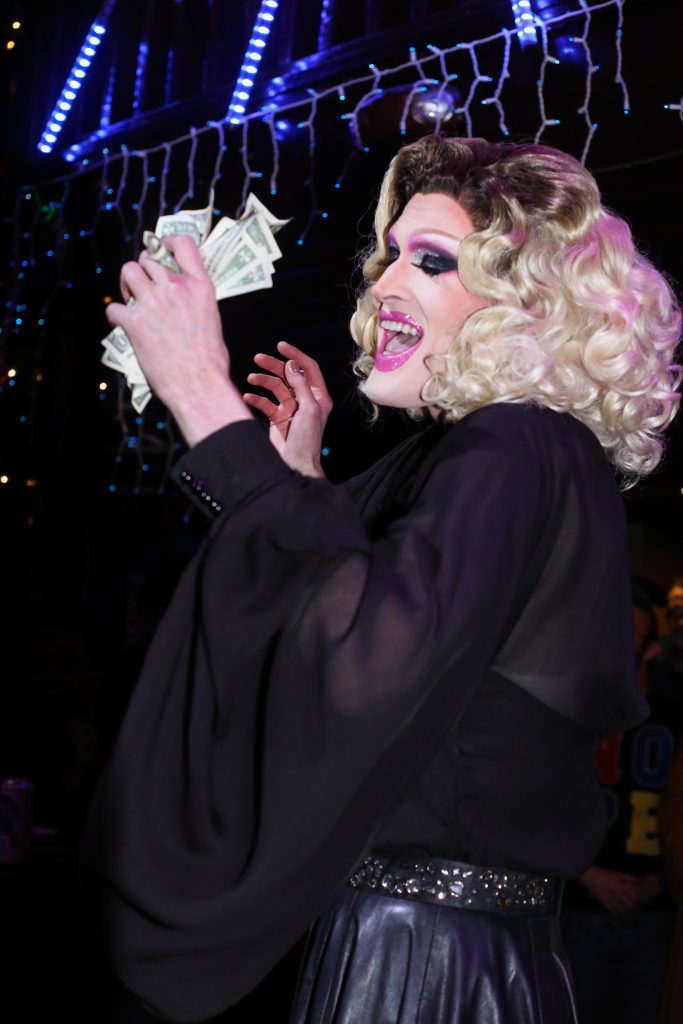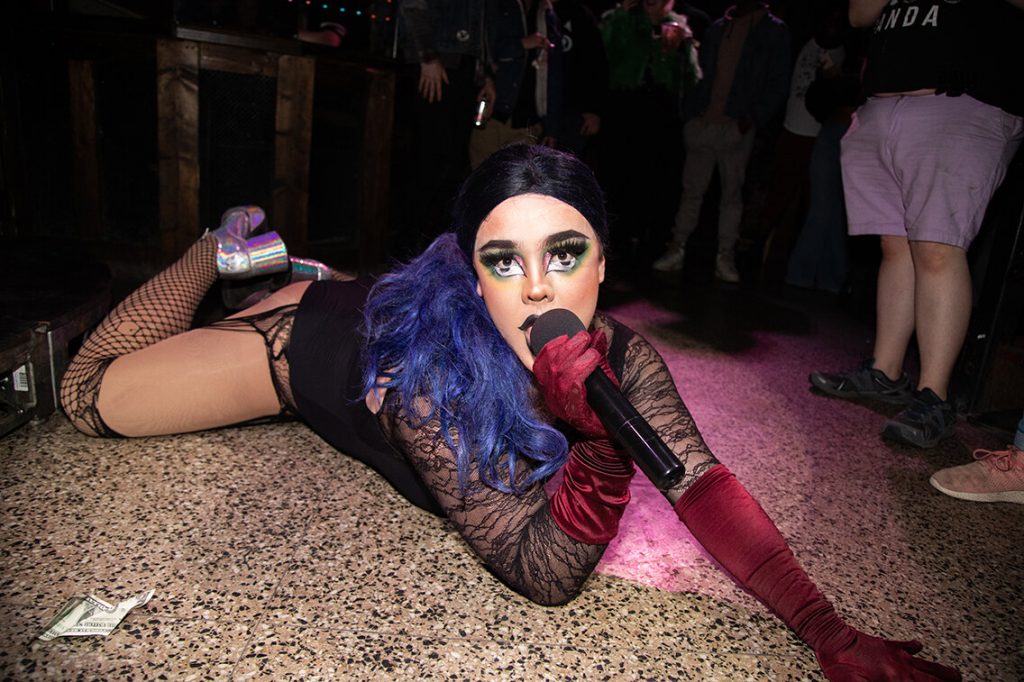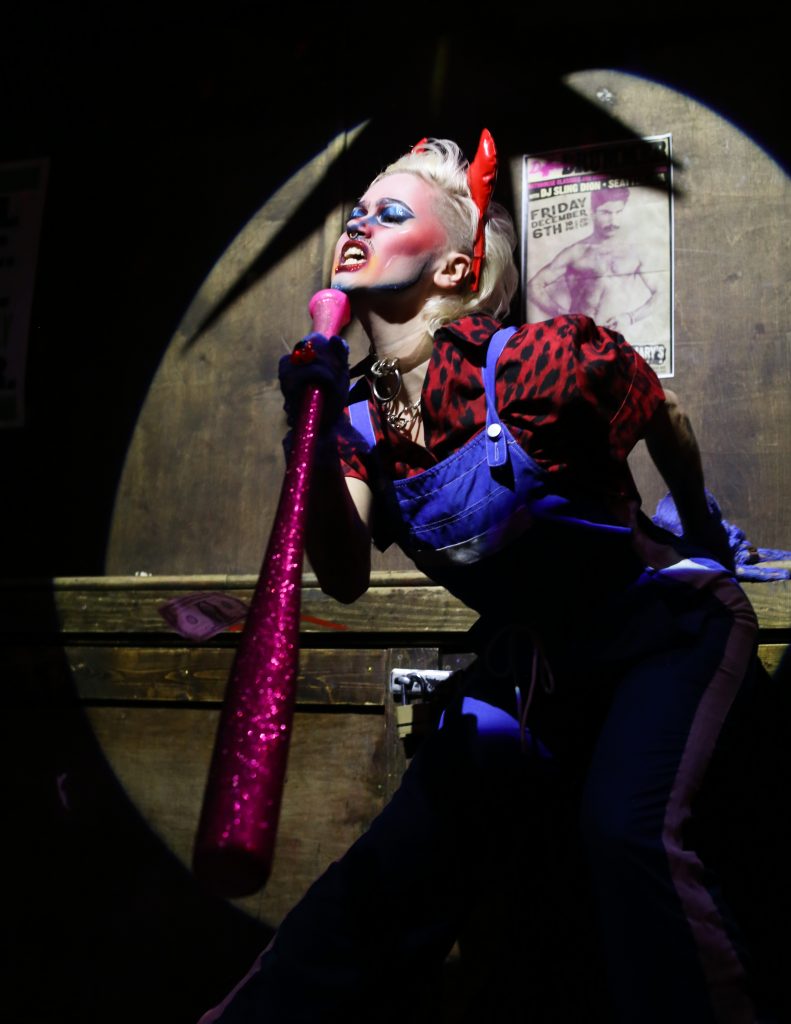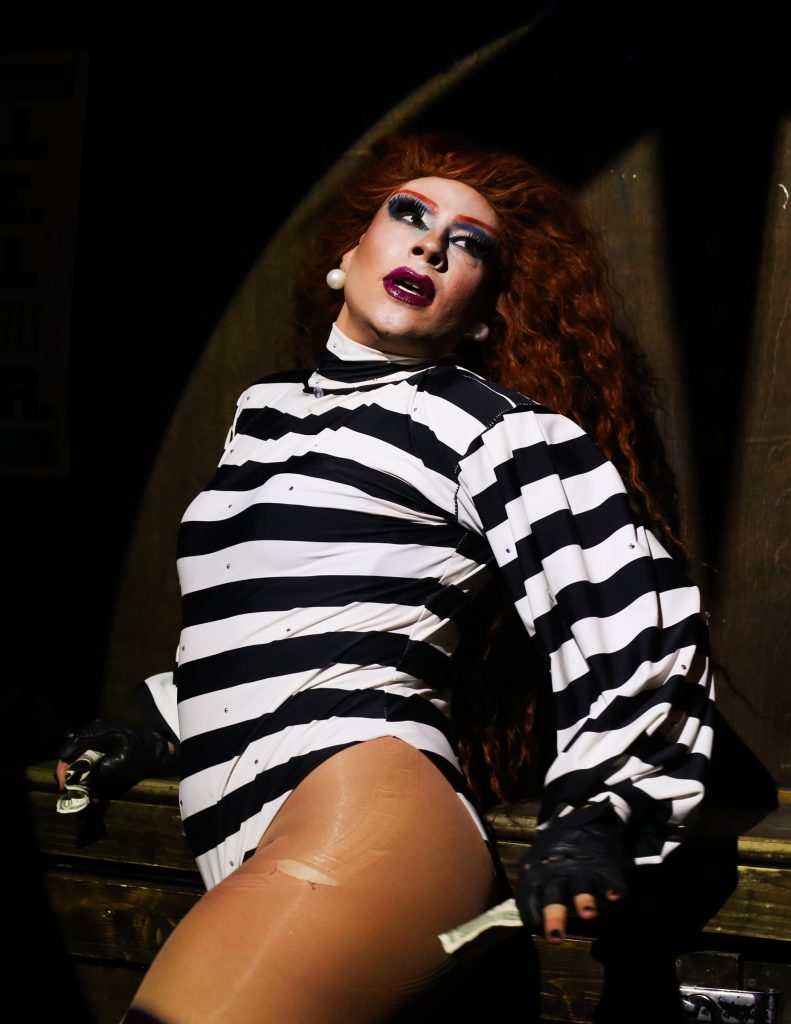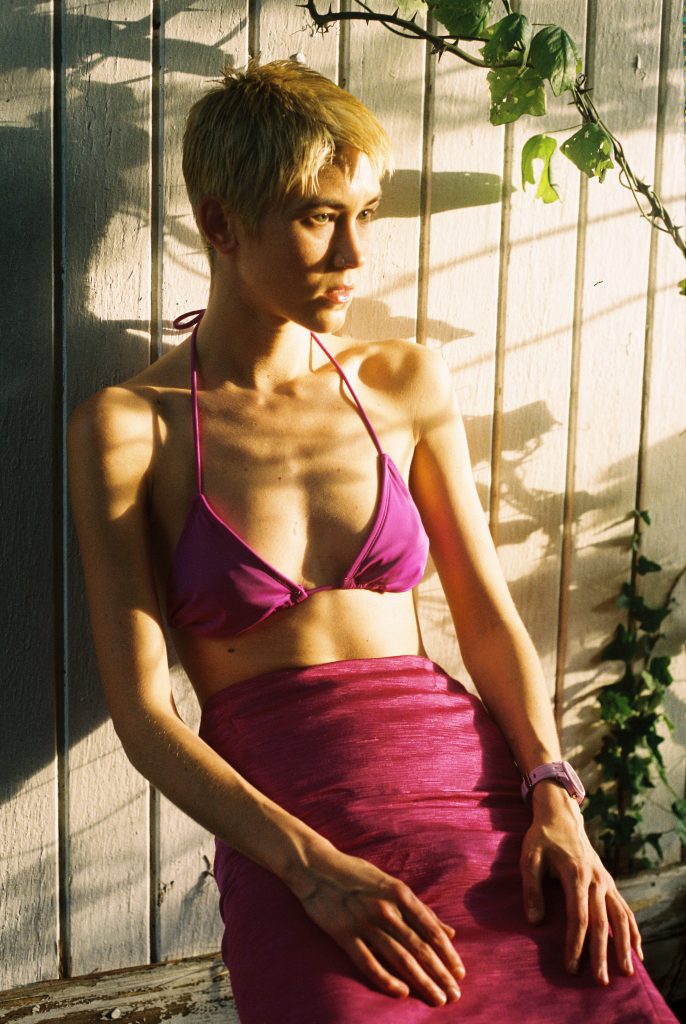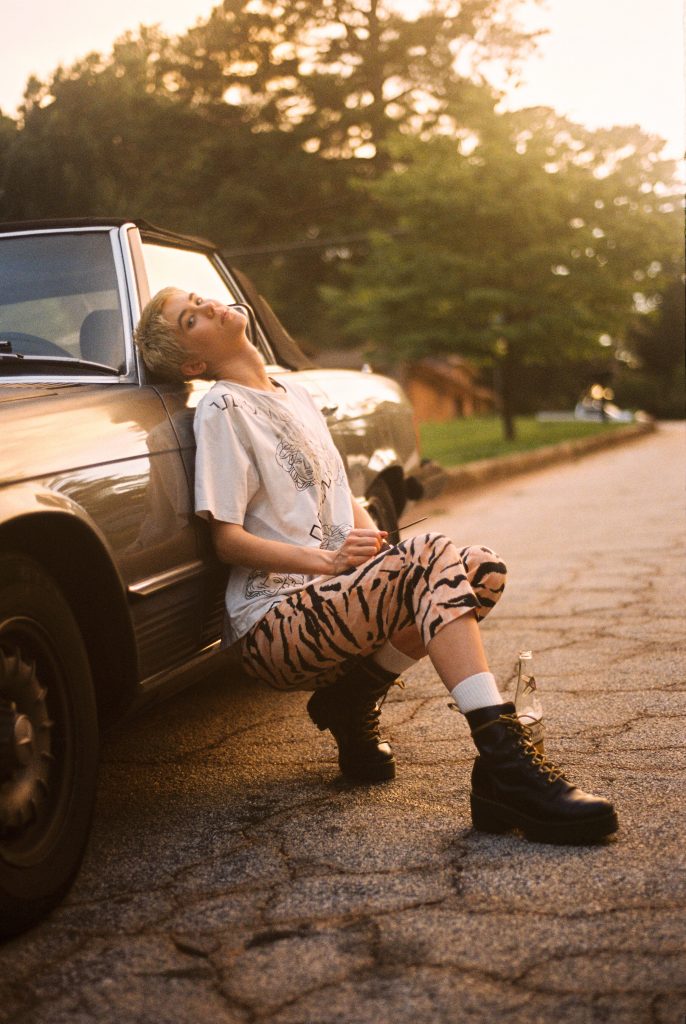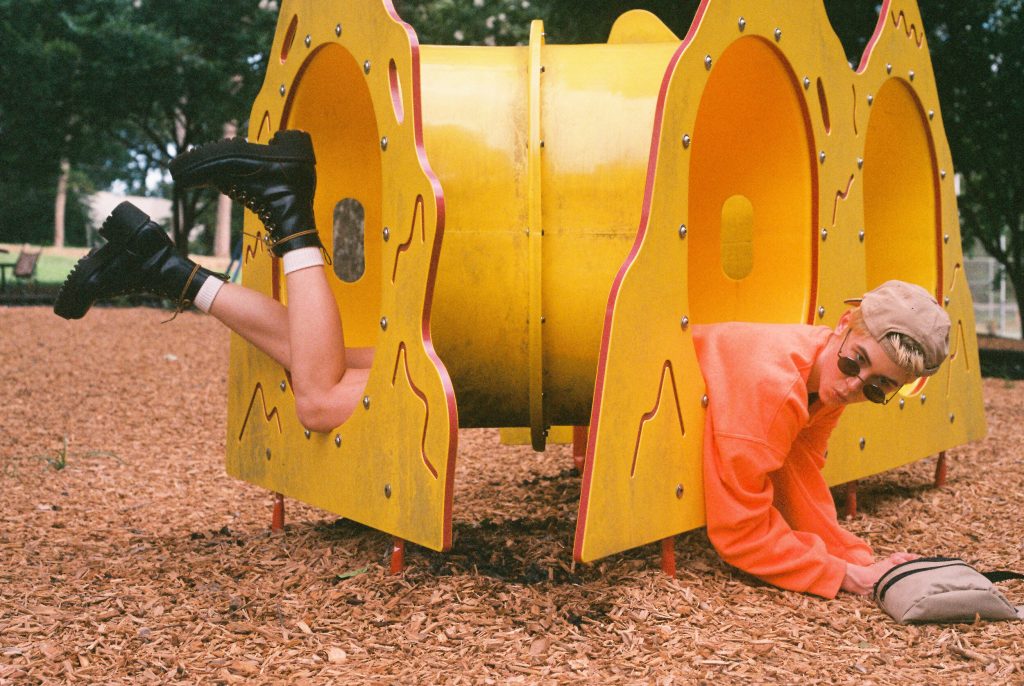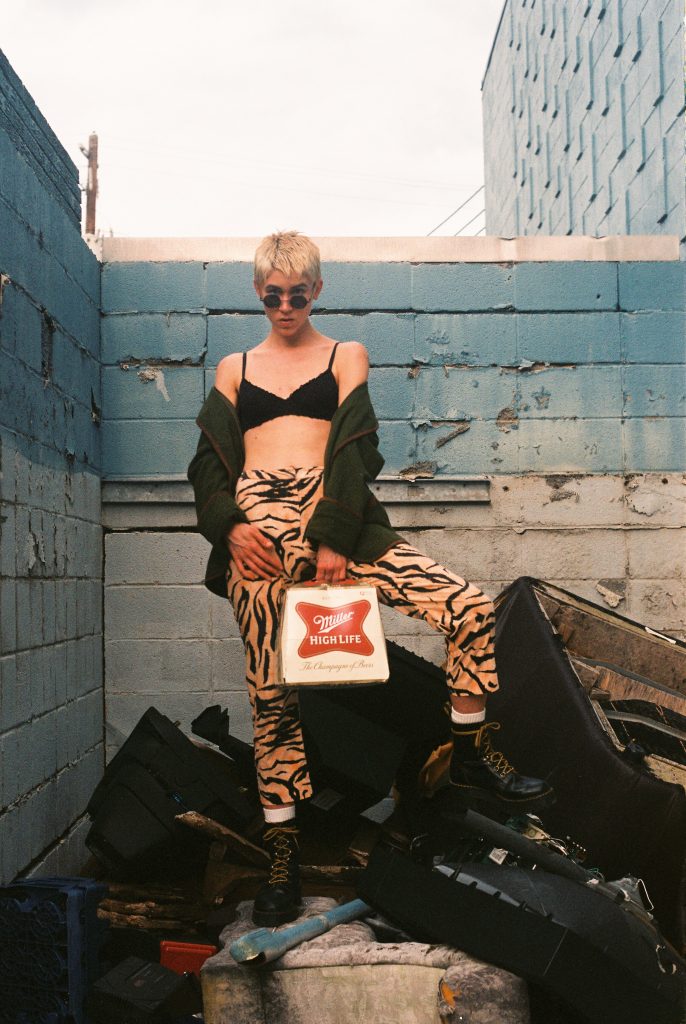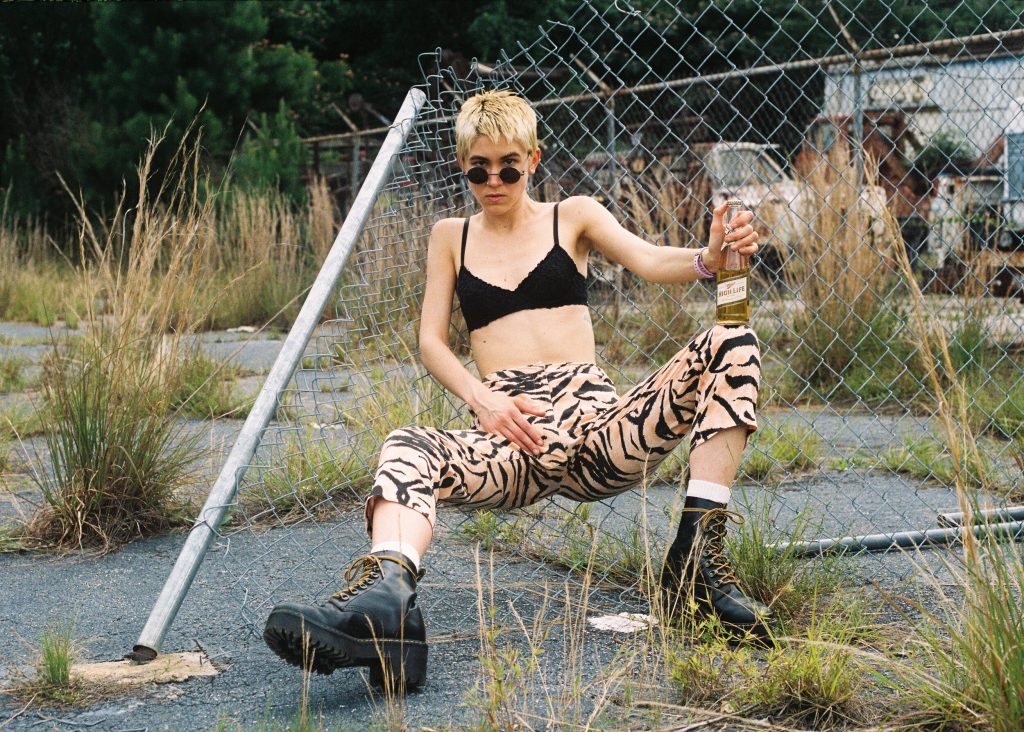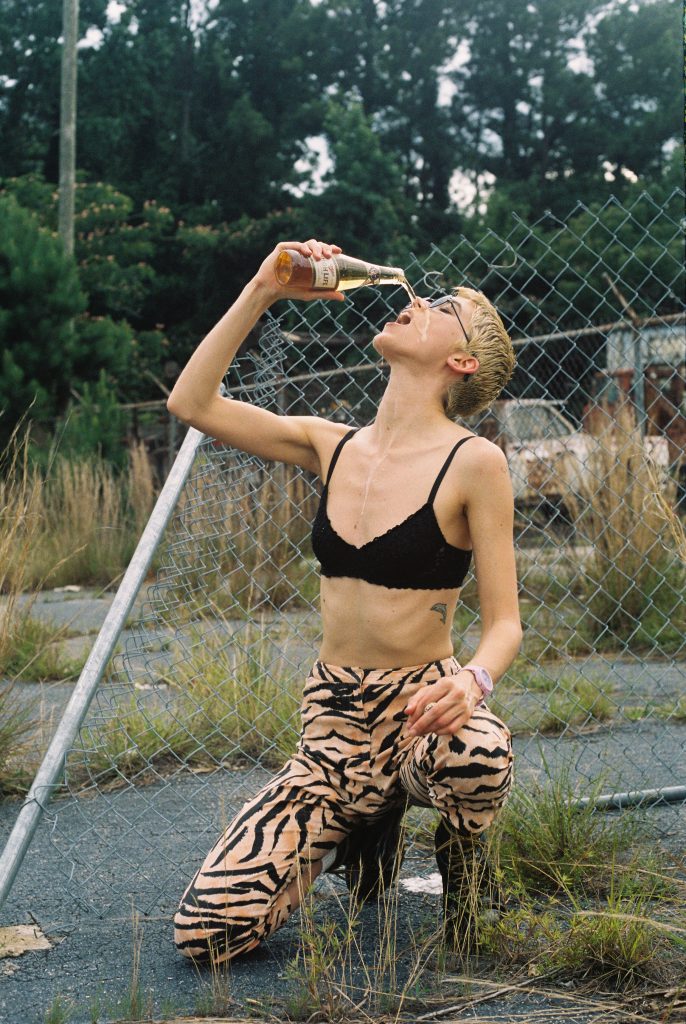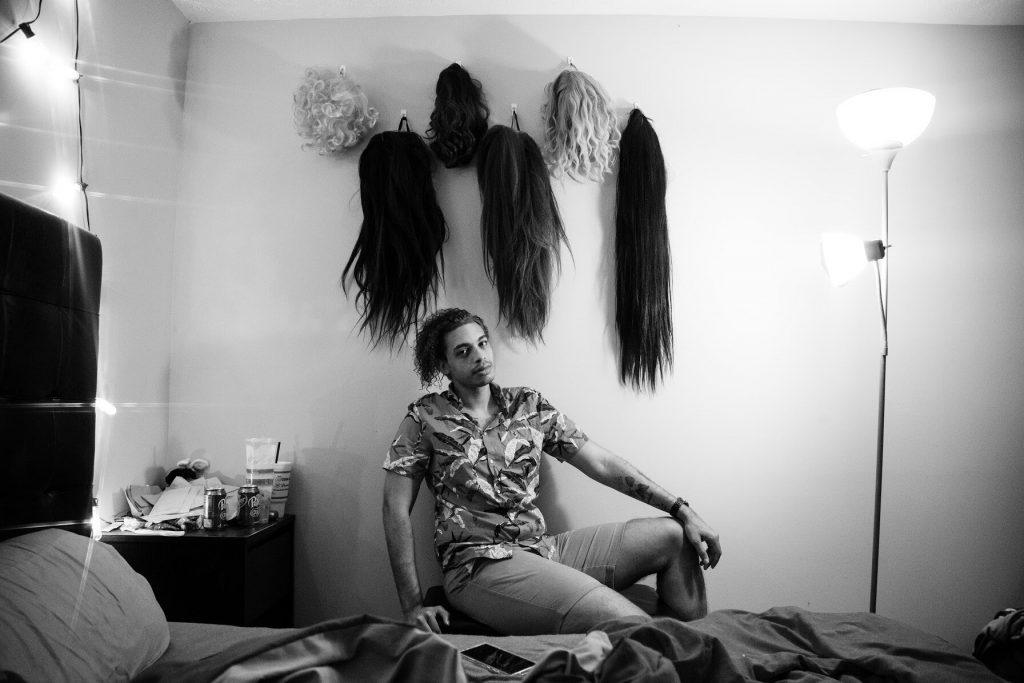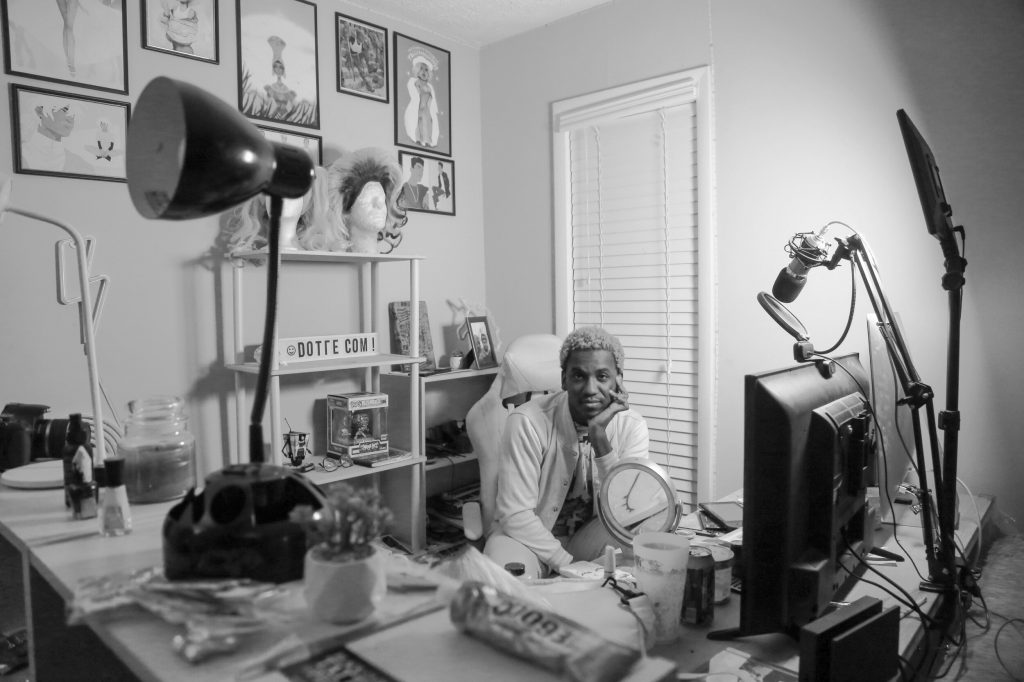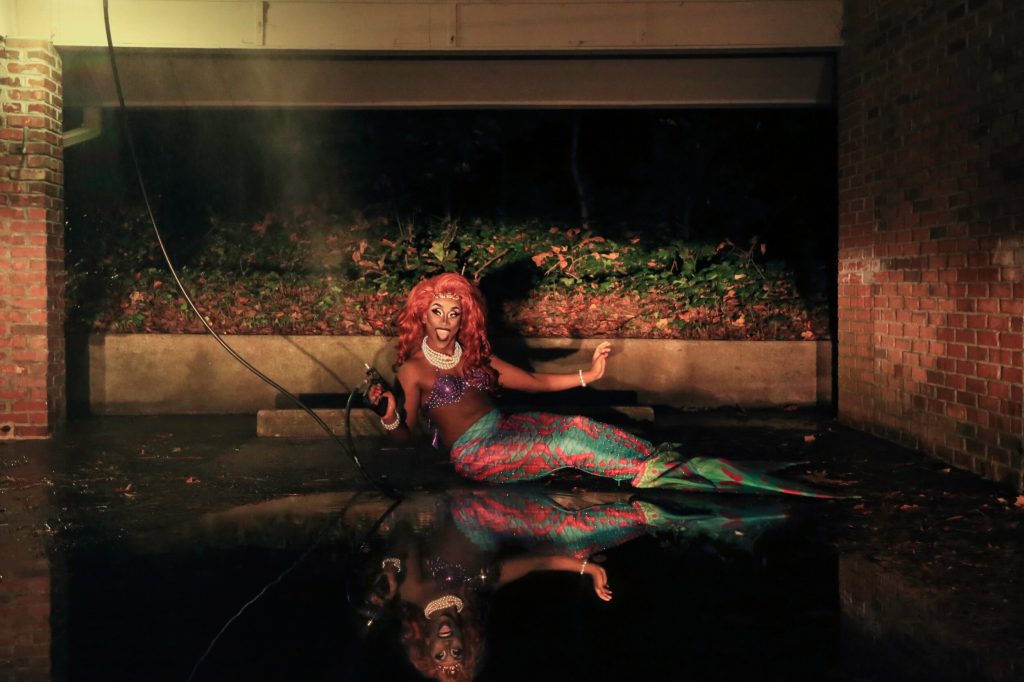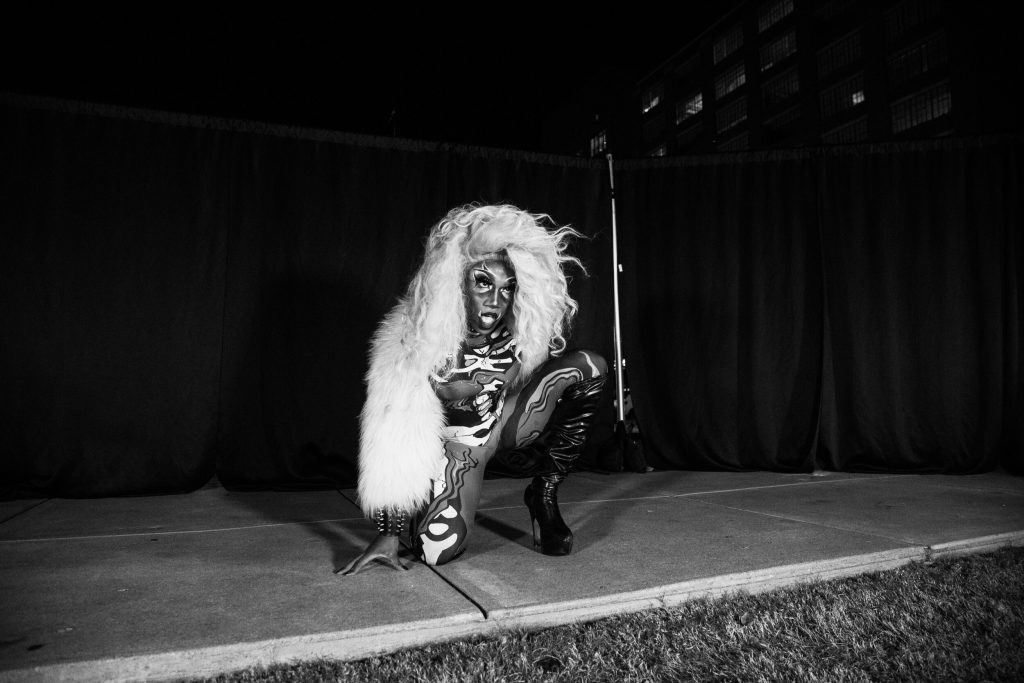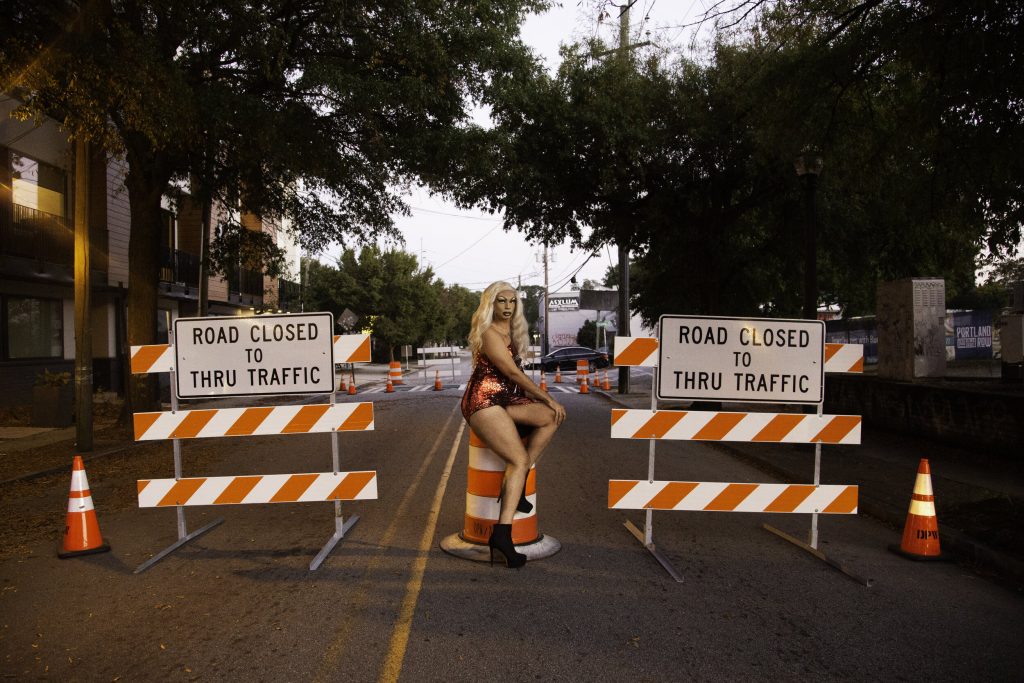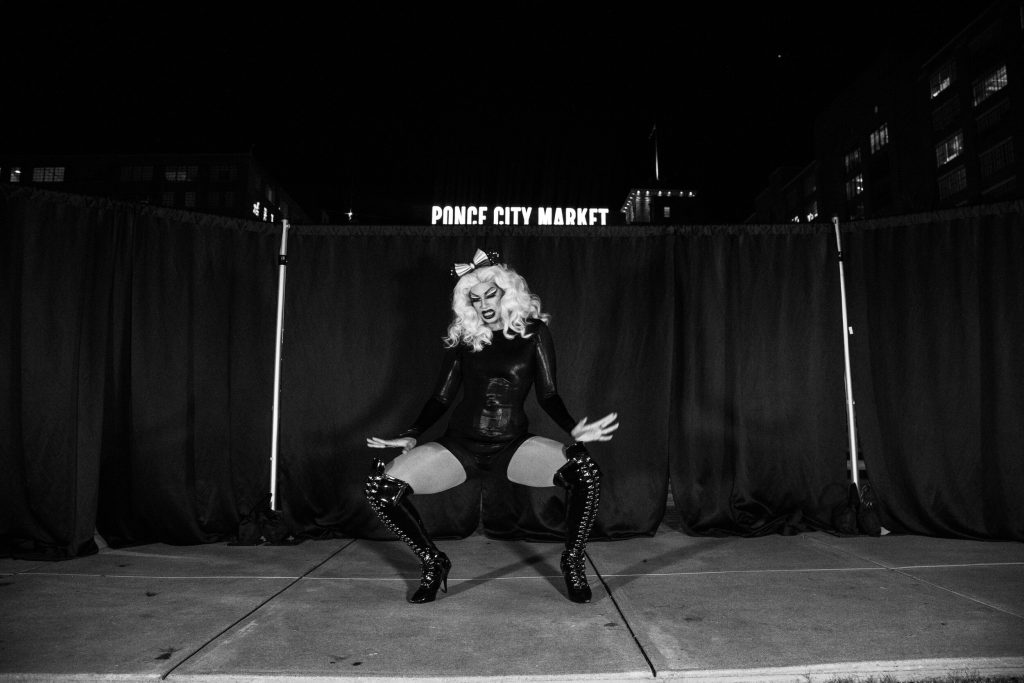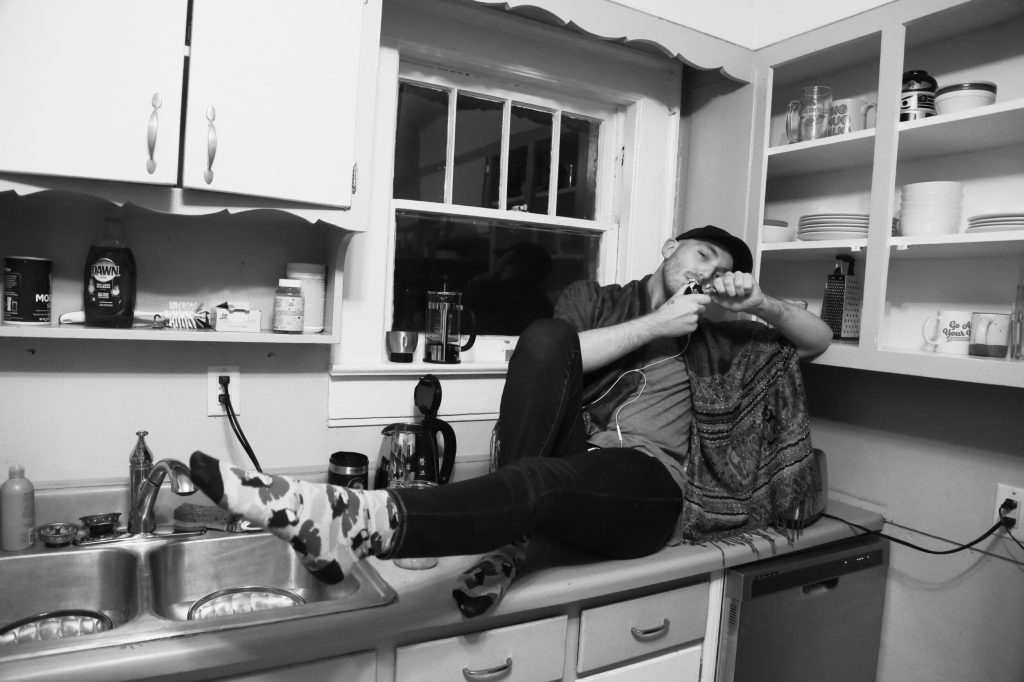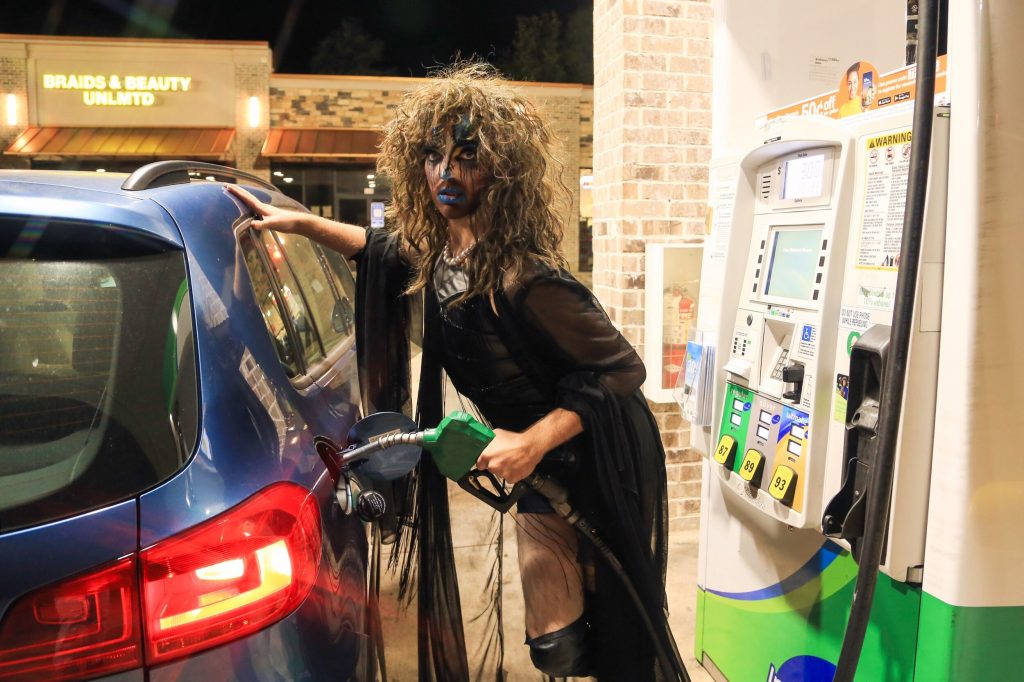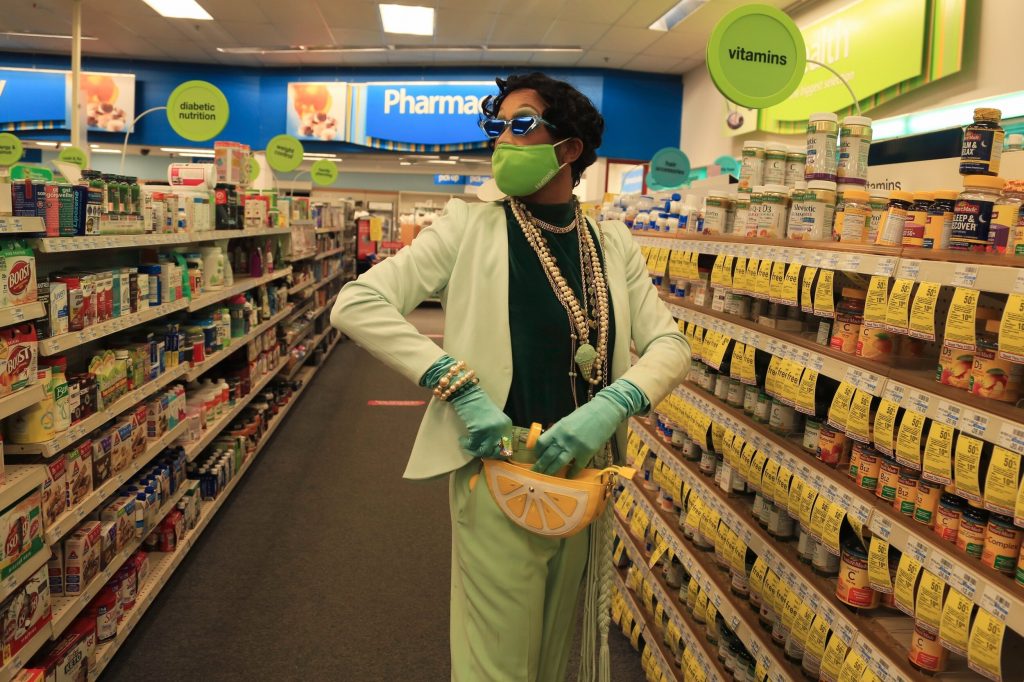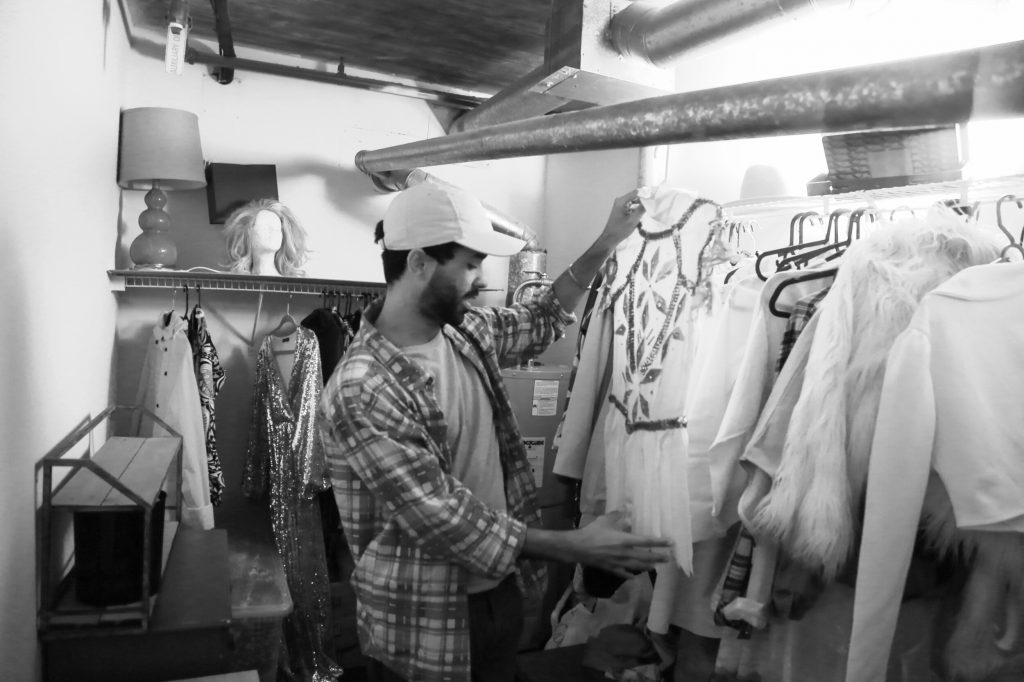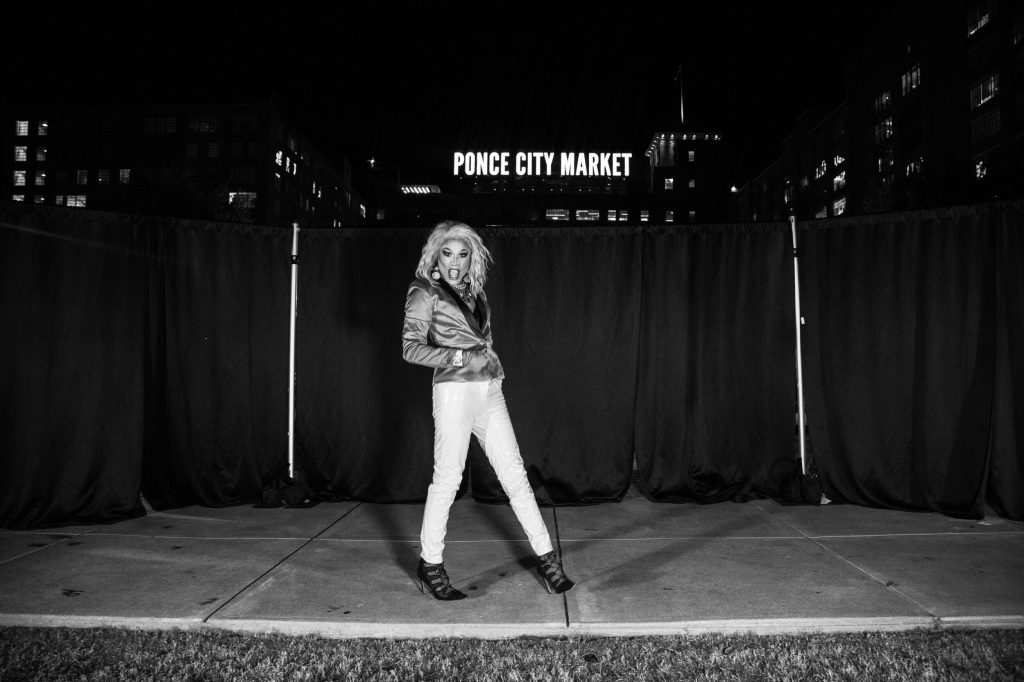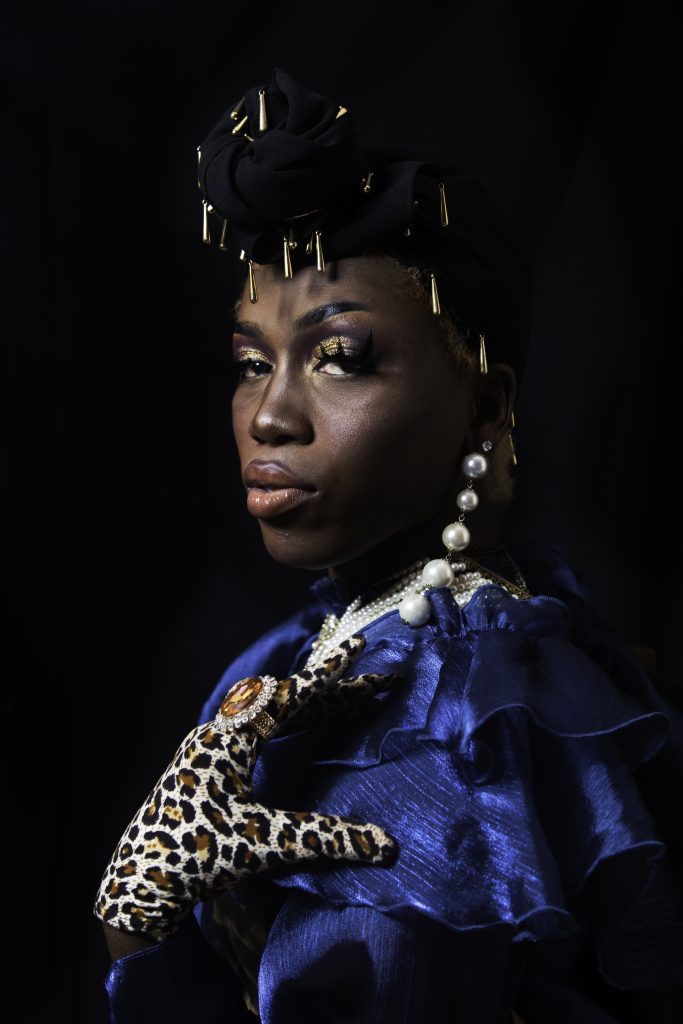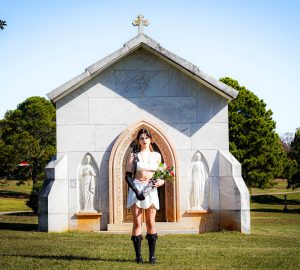The “Photographer of the week” series is dedicated to highlighting photographers within the SCAD community that demonstrate unique abilities behind the lens. This week, Kay Mercer, a third-year commercial photography student, shares her recent project and personal insight.
Where do you attain your inspiration for your work?
Although I shoot everything from fashion to urban exploration, my favorite work has been with the Atlanta drag community. These performers are essentially required to be phenomenal makeup artists, choreographers, hair stylists, MCs, seamstresses, actors, DJs, promoters and even singers, all in one package, and they all do each part with such ease and talent. Drag fascinates me not only because of its complexity, but because of the personas each performer creates for themselves. The names, the makeup styles, the dancing; everything goes into creating a fantasy. It’s not about “boys dressing up as girls” — there are kings, queens, and everything in between — but more about becoming a recurring character who lives in the bars of East Atlanta Village and the hearts of everyone who watches the shows.
Tell me about your “Silver Screen” series.
Drag is an art form often seen as hyper-modern, with bright colors and loud music and fueled by a cheering crowd. However, these artists often have a classic glamour about them offstage as well, and I wanted to capture that in a more intimate environment. This series was inspired by 40’s-50’s glamour shots and lit in that manner, which inspired me to also utilize the photographic techniques of the era. I photographed each performer with 35mm Ilford Delta 400 black and white film in a Pentax K1000, and hand-printed each portrait on 12×16 Ilford Warmtone fiber-based paper.
When did you start your photography journey and what does photography mean to you?
I’ve been holding a camera since I was three years old and my parents needed to fill up 36 exposures on vacations, but I fell in love with the process when I was thirteen. Luckily, my high school had a darkroom and a wonderful art teacher who gave me the resources to explore this newfound way to see the world. I spent hours just walking around the campus and my parents’ neighborhood with a dinky 35mm camera, waiting for the shots to find me. For ten years now, photography has been a way for me to simplify the world into one moment in time. I can photograph a drag show that lasts two hours and be absorbed into a crowd of hundreds of people, but the images still retain a sense of intimacy because everyone in that crowd is focused on one performer doing one number at a time.
Tell me about your “Drag Queens in Action” series.
My favorite part of drag is, of course, the performance of it all. The crowded bars and basements, the trays of shots being carried to the dressing rooms, the loud music, the performers sliding down staircase bannisters in clouds of just-smoked cigarette haze. There is an intimacy in these busy moments as everyone turns their attention to whichever performer decided to paint their face for four hours and put on five pairs of stockings to amuse a crowd of drunk people. The magic feeling for me is following them down the stairs or the stage, matching their choreography timing, dropping to the floor with them, and capturing moments that cannot be recreated in studio. These are some of my favorite shots from shows at Mary’s, My Sister’s Room, Midtown Moon, and Sister Louisa’s Church in Athens.
What is your creative process per shoot?
When I am in the studio, I always plan what I want to say in the project first, and then I usually end up saying something different by the end. The casting comes after I plan the big idea, and then the biggest hurdle is scheduling. Once I have everything set, I make sure I have the support I need — I love having a team around me made up of a makeup artist, a stylist, and a creative director to help facilitate the session itself and keep me focused. One thing I have learned about myself is that I fall in love with the process far more easily than with the finished product. Nothing feels more beautiful than creating the images, but by the time they make it to my Photoshop screen, I just want to get back into the studio.
Tell me about the “High Life” shots.
Klypi is a Nashville-based, self-described “fizzy pop” artist with a range of talents spanning from sculpture and singing to set and fashion design. I was lucky enough to make these promotional shots for a new single, “High Life”, which is now available on Spotify, along with their new album “Consensual Hits”. All of the images were taken on Portra 400.
What impact do you want to have on the industry?
I want to make pictures that create empowerment. Within my process, I always aim to create a positive environment for my subject to express themselves even if they’ve never sat in front of a camera before. They should always walk away feeling more confident than before the shoot. There is so much art out there about pain and sadness and struggle, which is valid, but I far prefer to focus on making pieces that make the viewers think for a few seconds, then laugh and feel good about themselves and what they are looking at.
Performers involved: Dotte Com (@thedottecom), Molly Rimswell (@mollyrimswell), Thin Mint (@thin__mint), Bella Trixx (@the_bella_trixx)
What project(s) are you currently working on?
I am currently working on a series called “Painted”, in which I have drag performers recreate classical paintings in their style. It is heavily inspired by Amy Arbus’s “After Images” series, but with a funky drag twist that involves far more detailed styling. I also hope to work on more fashion-focused projects this year, since we are finally able to collaborate in-person with other students again.
Is there any advice you’d like to leave to other aspiring photographers or SCAD students?
Find a process that works for you, but keep learning new ones. Every time I pick up a camera, I find something new to play with. Also, never take a booking for exposure. Whether it’s for your friends or a job, if they value your work, they will pay you for it.
To view more of Mercer’s work, you may visit her Instagram, Twitter and website.

























